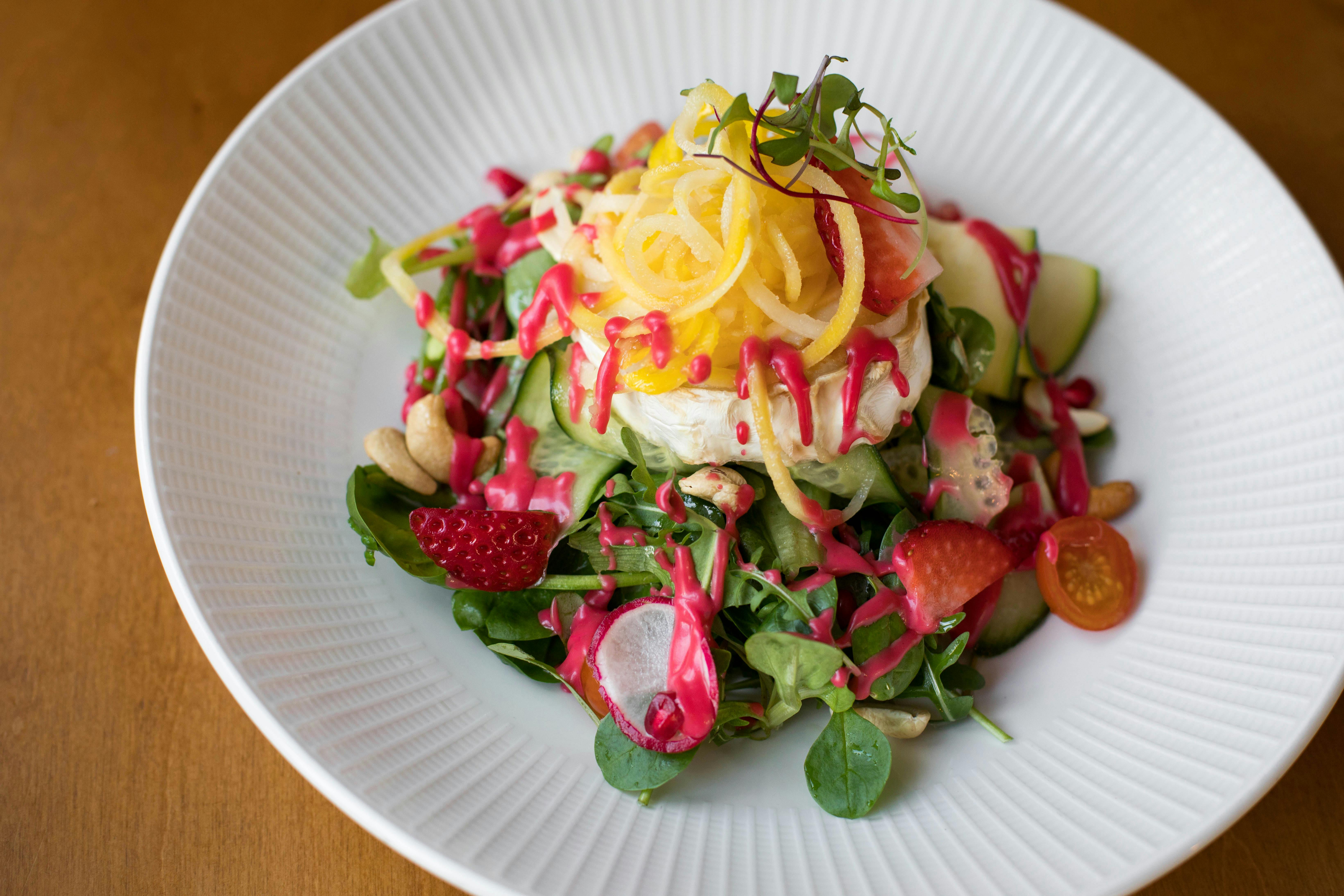For a great kitchen floor, start by looking at your existing flooring and make sure it’s suitable for the type of flooring you’re considering laying over it. Heavy floors, like marble tiles, need a solid foundation. When laying a floor over a wood base, opt for lighter materials like vinyl or laminate flooring.
o To protect your new floor, a washable mat is a great idea for areas where there is a lot of splashing, like the sink.
o High gloss tiles cannot be used if you have children or elderly people, as these types of tiles become slippery when wet.
o If you are laying laminate flooring, get the thickest underlayment you can to provide a more sound barrier.
o Laying your new floor BEFORE you put in the cabinets will make the job easier and neater since your cabinet kick boards will be placed on top.
o Buy an extra box of tokens. Tile designs come and go, this extra box will serve as a replacement for any that break.
Vinyl flooring has a cozy feel and is often the most affordable option, available in a multitude of styles and colors. If you can afford it, have a professional install it, as ill-fitting vinyl will peel at the edges. Choose the thickest vinyl you can afford—it’ll feel better underfoot and look better for longer.
Rubber flooring is one of the softest and warmest materials underfoot. Rubber floors are available in a wide range of colors and textures, including metallic, marble and stone effects. Rubber is a great insulator that absorbs sound and resists burns and water. It is also hygienic and non-slip. With its hard-wearing quality too, this makes a rubber floor a good all-around option and there are even eco-friendly options available made from 90% natural rubber.
Cork flooring is experiencing a renaissance right now due to its ecological properties; it is both renewable and sustainable. Cork floors have natural soundproofing and insulating properties and are an excellent option for allergy sufferers and do not absorb dust particles. If you go for the cork option, it’s worth paying to have a specialist floor coater cover your floor, as it will protect the appearance, seal the edges and greatly improve the life of the floors.
Stone or slate can easily stain if not sealed and is pretty much the most expensive option, so it’s worth consulting a professional about which one to buy and how to seal it. In addition to sealing your new stone or slate floor, you can choose the least porous slate. Although not the best option for those with children and pets, a stone floor will add a highly desirable touch of luxury to your home that is highly sought after by potential homebuyers.
Laminate is the mid-priced option and certainly the most popular, as it is possible to create an authentic look at a fraction of the cost of buying real hardwoods and ceramics. They are generally strong, strong, easy to clean, and fairly easy to fit. Although they are easy to install, as anyone who has installed laminate flooring will tell you, it is worth considering paying an expert to do it for you.
A hardwood floor is usually very expensive, but it will most likely add value to your home. Like stone, it must be treated to make it easier to maintain its original appearance; this time a PU finish is recommended.
Ceramic tiles are also a trendy choice for kitchens as they come in many varieties, allowing more exposure for your artistic side. You will need a solid base for the tiles, ideally concrete, as wooden boards can shift and cause cracks in the tiles. Ceramic can feel cold, so you should consider doing what the Romans did: install underfloor heating!
